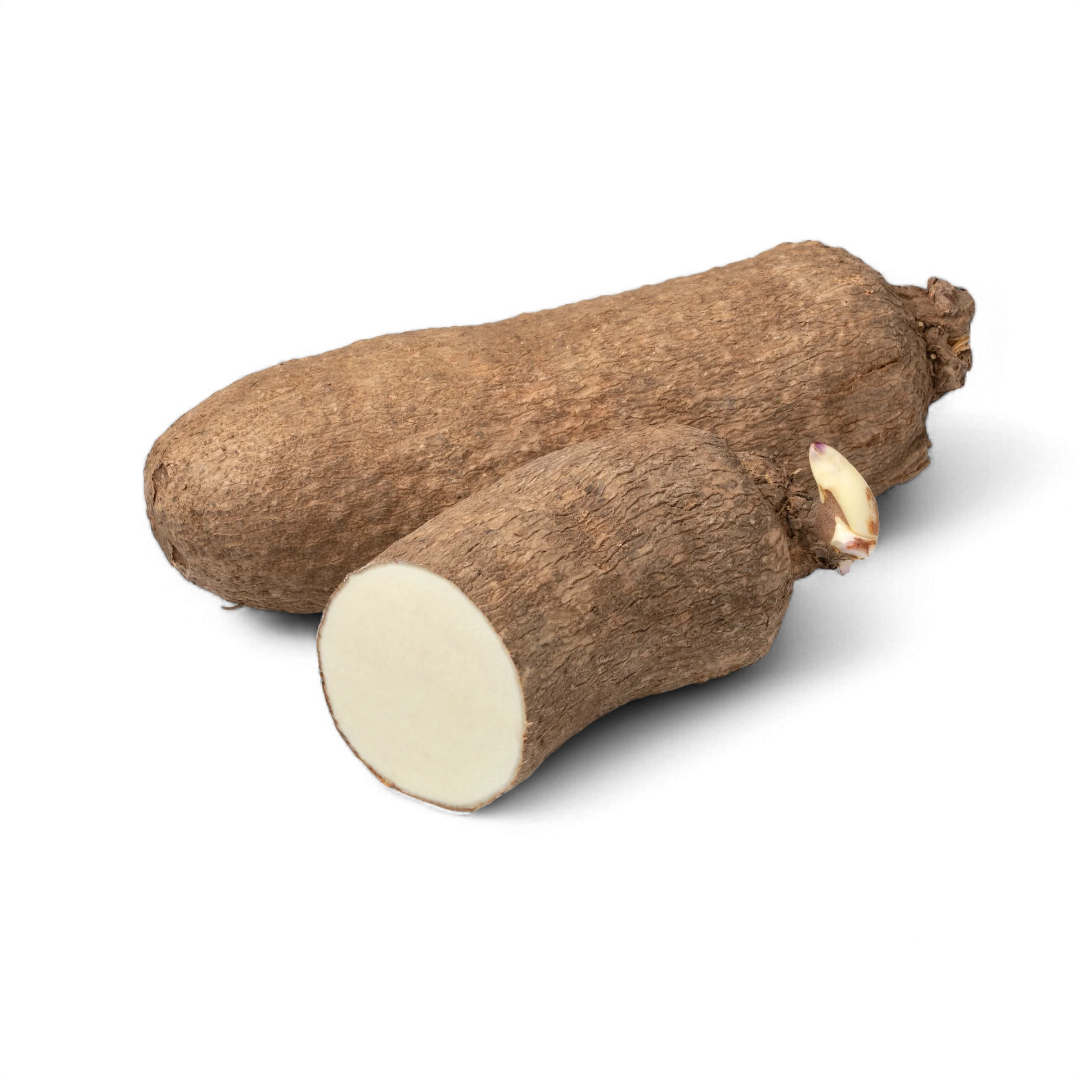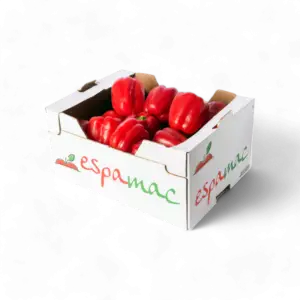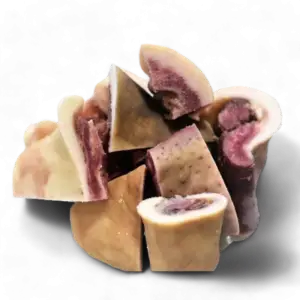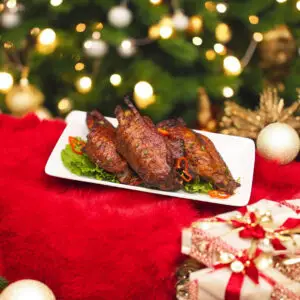
Shop Supervisor
Location: Stoke-on-Trent, UKSalary: Competitive and NegotiableJob Type: Full-time, Permanent Job Overview Ofoodi Limited is seeking a detail-oriented and customer-focused Shop Supervisor to oversee
All Orders after 12pm this Thursday will be shipped on Monday. Learn more about our shipping & delivery terms.
Get Fresh and Authentic African, Asian, and Caribbean Groceries Delivered to Your Doorstep in the UK – Shop Now at Ofoodi UK African Groceries Online Store

Ofada Rice and stew is a Nigerian meal native to the Yorubas but in recent times, everyone, especially those in Lagos and environs, has been bitten by the Ofada Rice bug.
Please note that Ofada Stew is the hottest of them all when it comes to Nigerian hot and spicy food. It tastes like Vindaloo (Indian Curry) and is mostly for those who have natural coolers in their mouth to douse the fire that this stew brings to the palate. You can see that you need 40 habanero peppers to prepare a small pot of Ofada Stew (see ingredients below).
Ofada Rice is not very interesting. It is not as posh as the long grain parboiled rice. The “best” part? It has this strong pungent smell when it is being cooked yet everyone wants to eat it! I guess it is because Nigerians have a penchant for all things traditional and homegrown. We have a sense of pride in all things Nigerian that we can call our own.
Or maybe it’s the stew because I must say the Ofada Stew adds a delicious twist to Ofada Rice.
Ingredients for Ofada Stew
Before you cook Ofada Stew
Cooking Directions
Serve with boiled Ofada Rice. To get the full effects, line the plate with Uma leaves. You can also use banana leaves.
Tips for bleaching red palm oil





















Location: Stoke-on-Trent, UKSalary: Competitive and NegotiableJob Type: Full-time, Permanent Job Overview Ofoodi Limited is seeking a detail-oriented and customer-focused Shop Supervisor to oversee

Location: Stoke-on-Trent, UK (Hybrid or Remote Considered)Salary: Competitive and NegotiableJob Type: Full-time, Permanent Job Overview Ofoodi Limited is looking for a creative and

Celebrate this festive season with frozen turkey from Ofoodi! Choose from turkey mid wings, wings, and drumsticks. Shop in-store or online for a

Waakye Leaves: A Key Ingredient for Authentic Ghanaian Waakye Authentic Waakye leaves, also known as sorghum bicolor or millet leaves, are an essential








All Orders after 12pm this Thursday will be shipped on Monday. Learn more about our shipping & delivery terms. Dismiss

Get 10% off your second order when you download and order from our app. Search Ofoodi UK on app stores.